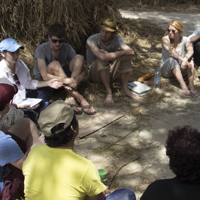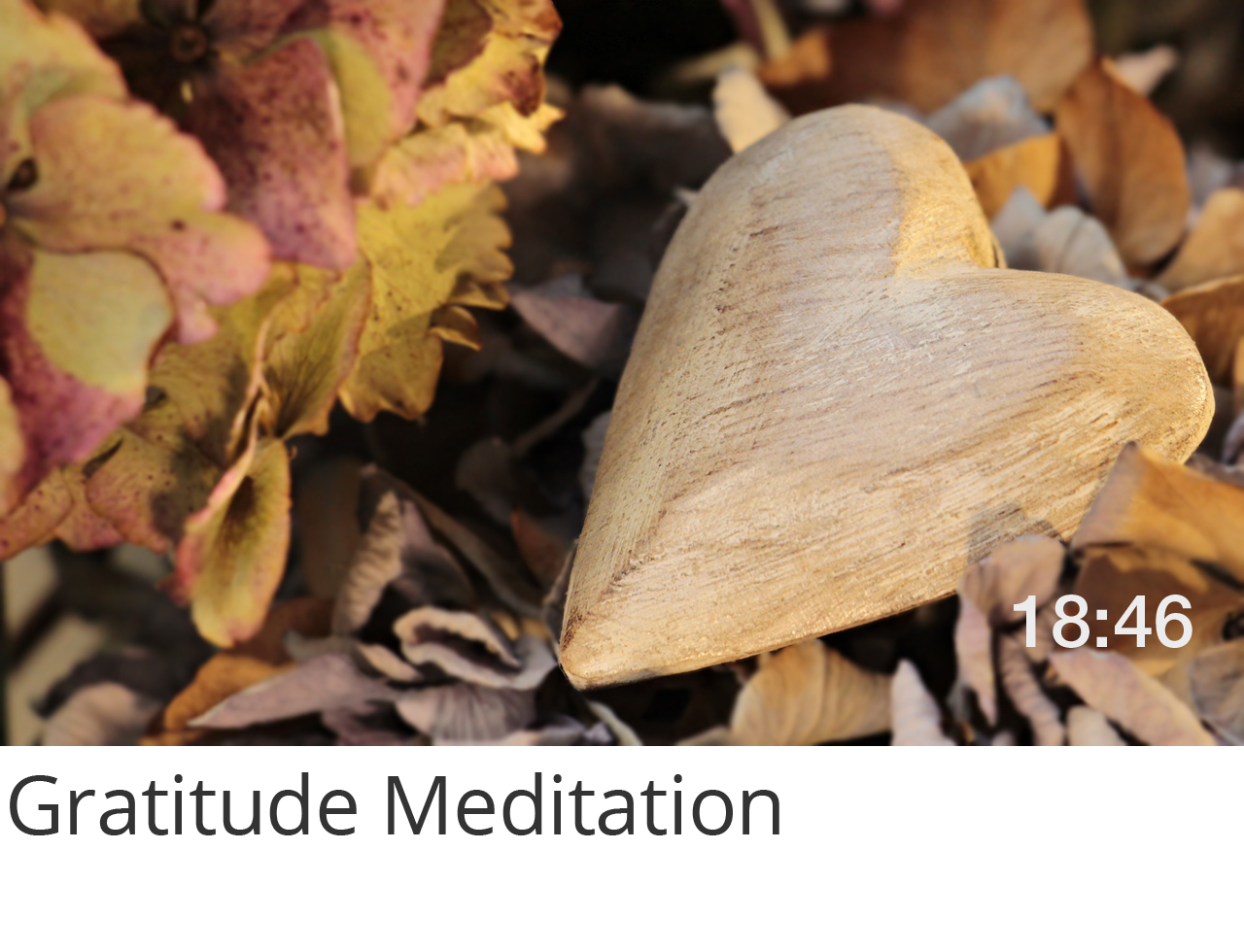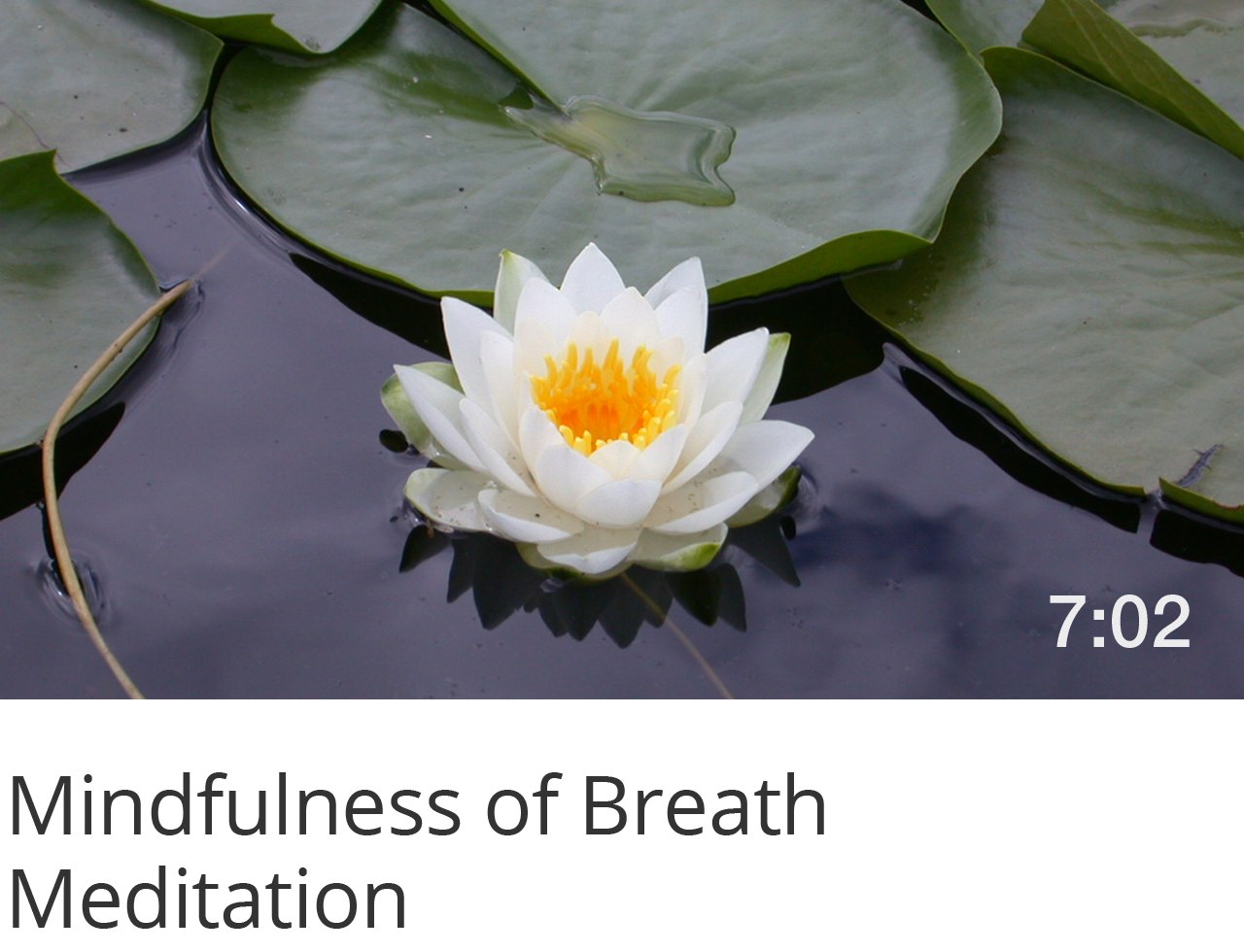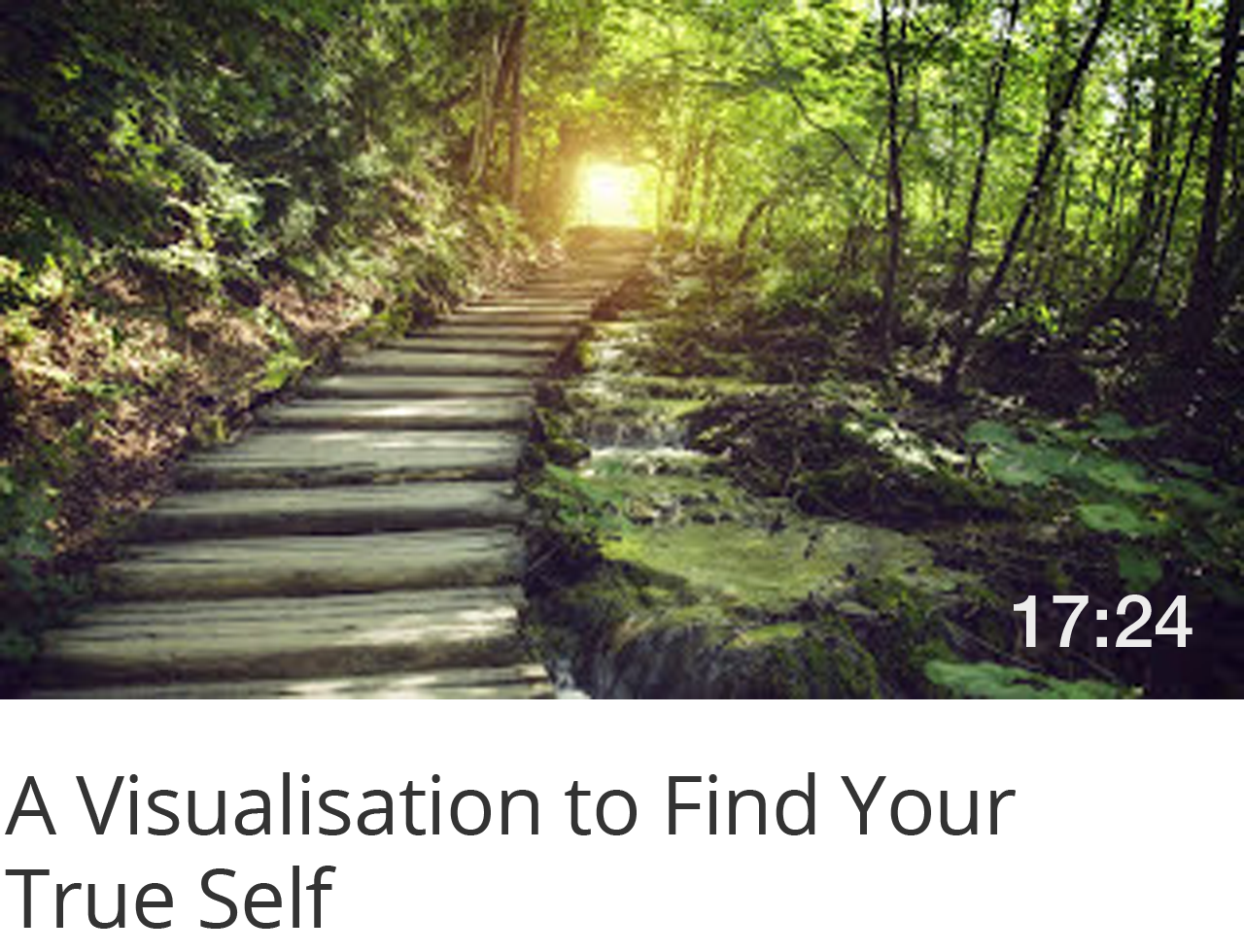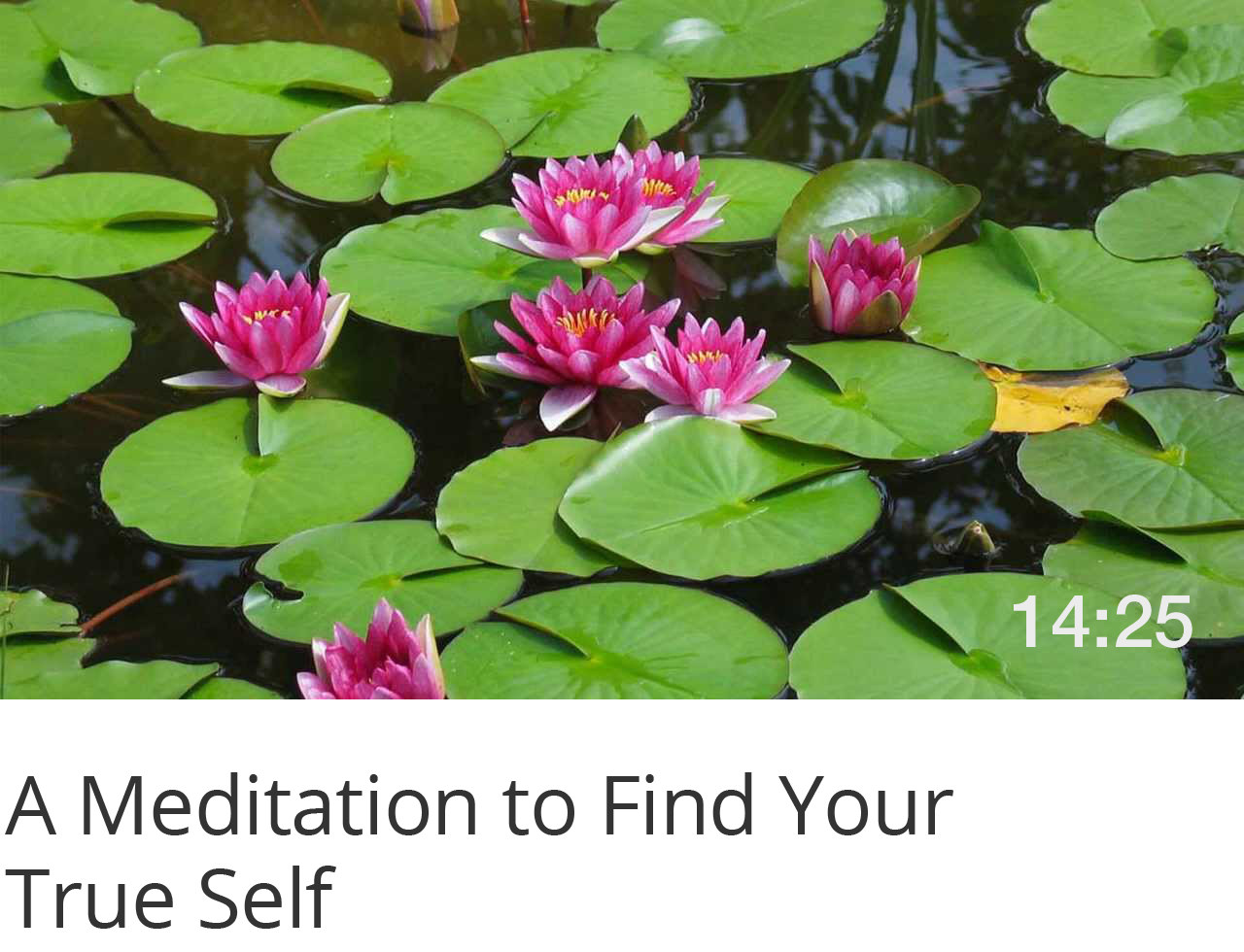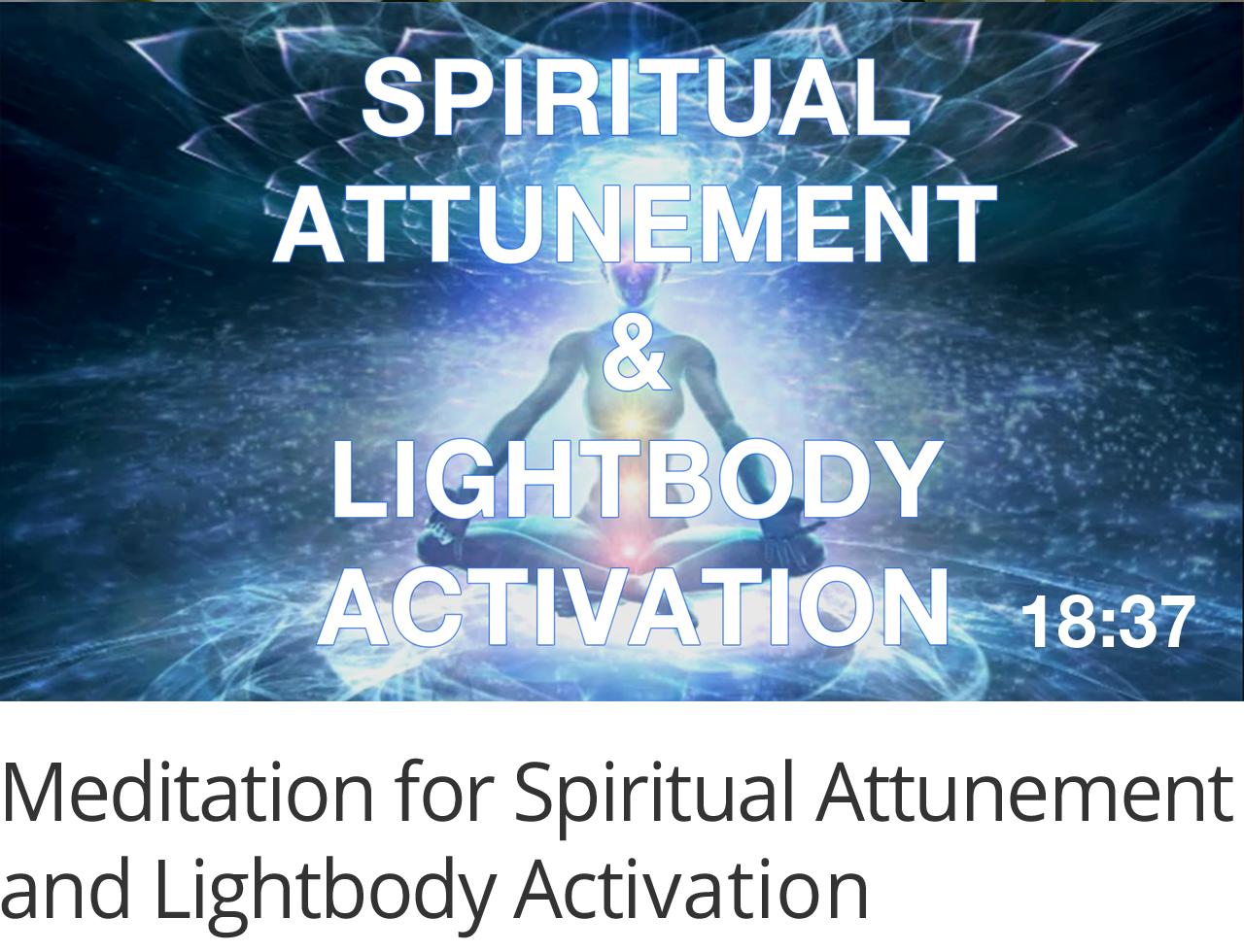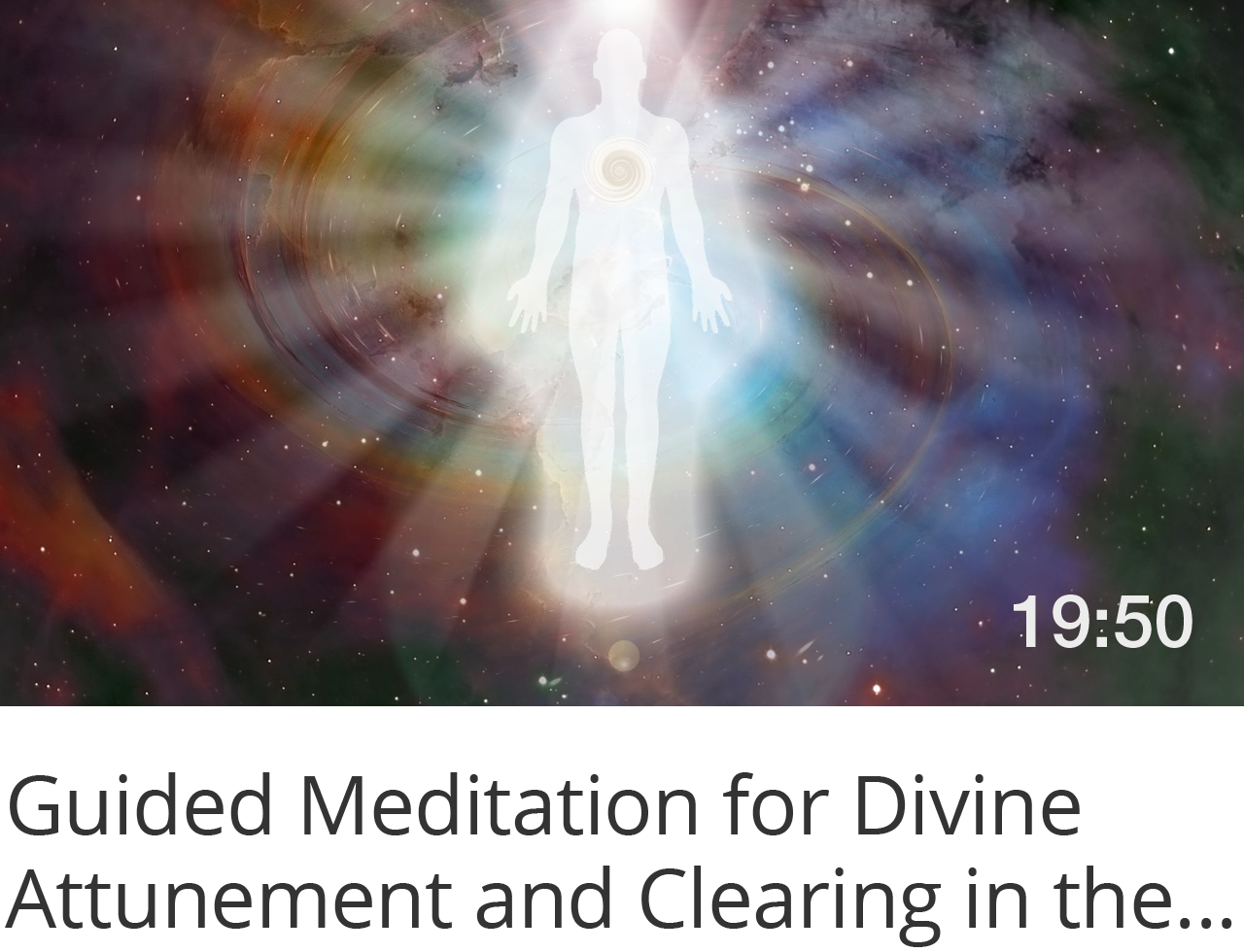In a fragmented and dissociative world that fails to meet the full needs of our true selves, the need for authentic community rooted in genuine, authentic relationships that support the flourishing of our true selves has never been stronger. In this blog post, I will show you how you can start an authentic community yourself. Whatever your background or personality, if you have made a commitment to authentic living, you will inevitably face the need to connect authentically with others who are seeking the same. You can start to meet this need with the development of mindful relationships with them. However, sooner or later, you and others will long for the grounded experience of wholeness and the greater capacity for mutual support that authentic community brings. Authentic community gives us the mutual support and affirmation we all desperately need to develop and flourish from our true selves, and it helps us to integrate and ground the light of our true selves into our world. We need communities of light.
Why is Authentic Community Missing in Society?
Have you ever wondered why it’s so stressful living in mass society, or why you feel a sense of disconnection or isolation in society—even if you have friends you are in touch with or you have digital connections?
It’s because mass society doesn’t foster wholeness and isn’t designed to meet the authentic needs of the true self, which include authentic connection with all life. It therefore breeds social alienation and the attendant symptoms of crime, antisocial behaviour, loneliness, and anonymity. Think about it. There are some exceptions of course, but where relationships do exist, they tend to be superficial and rarely based on a deep and fulfilling authentic connection from true self to true self. This is because, when adjusting to society (usually as a child growing up), people effectively make a sacrifice that causes them to become more estranged from their true selves and the experience of essential unity that their true self grounds them in. So the experience of authentic community becomes alien to them, and this is only reinforced by fast-paced living, immersion in digital realities, and the trend for greater centralisation in the world, all of which break up the pseudo-community that we used to think of as local community.
Our social organisation and life experiences don’t have to be this way. The need for authentic communities of light is so important at this time where the failings of mass society are increasing suffering and putting us more and more in danger.
Awakening to Authentic Community
It can be easy to feel a spiritual sense of wholeness with others once you have awakened to your true self, but this only takes you so far in your authenticity. The next step is to embody it in practice by transforming how you relate socially, and contributing to social growth and cohesion through heart-based, authentic community building. This does not mean dropping out of society and living in a commune. That was one of the failings of the 1960s, and in some ways is escapist. Rather, it means building authentic community in the society that you find yourself in, and allowing the ripples of that action to spread outwards so that your community of light creates social and cultural impact as it shines as a beacon of light for all. You can do it, and people seeking meaningful connections are waiting for you—waiting for authentic community relationships and ways of living that honour our essential nature and enable us to flourish from our true selves. For more on this, read my companion post Spiritual Community.
It is important to recognise that there is a lot of unconscious, reactive living that goes on in society, and a lot of apathy and denial with it as a result. Not everybody will be at the same stage in their awakening to their true self, and not everybody will have developed an awareness of their authentic needs and values to consider fulfilling them by joining you in building authentic community. However, you will find that, with a small number of people, you can begin the birth of authentic community in your locality, with safe boundaries. I will show you exactly how to do this.
Starting Small
When you consider the size of mass society, it can be easy to enter a state of action-paralysis with regard to building community. Just how do you change anything when society is so huge and there doesn’t appear to be a general desire for social change and authentic community? This is the stumbling block that most people are likely to face when they sense that mass society doesn’t support authentic living. The response is often to decide not to consider or follow up the question above and to focus on other things instead, so that the issue of authentic community isn’t addressed.
The solution to this paralysis is to start small and to keep meeting with a commitment to putting your light-filled vision into action. You are not responsible for changing the whole of society. All you are responsible for is building authentic personal connections with others who are on your wavelength, and to take the initiative to organise ways for fulfilling your authentic social needs with others. Think of the people who share your authentic values—they may be among your loved ones, friends, colleagues, and contacts. Then think of the people like you who you don’t yet know, but who share your authentic values. These are the people that can make up authentic community. Starting small means drawing on these people to create a supportive group that is dedicated to living as an authentic community. As a community you can then start to find ways to live that integrate your whole nature and meet your authentic needs.
Community participation breaks through indifference and apathy because it empowers people to be socially present and to create their social reality—something that people are not used to experiencing in mass society.
Starting an Authentic Community
Start an authentic community by inviting the people on your wavelength that you know to your first group meeting, and promote it to draw in the people that you don’t know who would be interested. State the benefits of joining the group, which include authentic relating and having a community support network and safe space for integrating the true self and raising consciousness with others.
The group can meet in your home, in a hall, or some other public space—even outdoors in a park if the weather is suitable. Clearly spell out the intention for the meeting and the purpose of the group and its values, so that people know what to expect and can appreciate its value. You are meeting to explore how you as a group can support each other’s authentic needs and honour the authentic values that guide us to self-realisation, in a way that isn’t provided by mass society. Examples of authentic values include:
- mindfulness
- wellness
- authenticity
- safety
- respect
- inclusiveness
- compassion
- deep communication
- cooperation
- wholeness
- sustainability
- peace
- ecological living
- self-realisation
- spirituality
You can refine your list of values as a group as you establish a consensus about what people collectively value in an authentic community, but it is worth setting some authentic core values out in advance to give your group structure.
Central to the effectiveness of the group meeting, and to authentic community itself, is the willingness to be mindful and present from the true self. We can’t know our authentic needs and values until we are first mindful and present in our true self. We can’t build authentic community and support each other effectively if we are dominated by the impulses and reactivity of the immature ego self, or are not fully present to ourselves and others.
For this reason, the key to the success of the authentic community you start is having the means as a group to stay centred and mindful. I would suggest that your group meets in a circle and sets aside some time before things begin for everyone to focus inward on their true self, and to connect to each other as a whole from that space, with mindfulness. To focus attention on what the circle represents as a means of community, you can place objects within the centre of the circle that symbolise inclusive wholeness, unity, and the process of self-realisation, in which we come to experience our greater self and honour each other as extensions of our identity. An example of a commonly used object is a candle, as it represents enlightenment and the inner fire that burns away our inauthentic patterns. Try to keep to symbols that are universal in appeal so that they are as inclusive as possible of the diversity that people bring to your group.
After you are centred as a group, spend some time to agree on some community ground rules, such as authenticity, respect, confidentiality, support, presence, and mindful listening and speaking. Explain these terms so that people know what they are agreeing to. Then, with a safe space created for people to share their true selves, you can begin to explore through mindful discussion why you have gathered as a group and how the group can be used to support the fulfilment of each other’s authentic needs and values. In the safe and supportive space you have created, people can be invited to share their experiences and thoughts and to articulate their authentic needs and values if possible. Some people may not immediately know what their authentic needs and values are if they are not used to mindful living or to having the support of an authentic community: they are effectively in recovery from living in an alienating social order. But give them time and allow the community experience to nurture them.
During the sharing time, allow everyone to speak uninterrupted by passing a talking-piece around the circle—any object that, when held by a person, gives them the opportunity to speak with the group’s full attention and active listening before it is passed on to the next person. When it has gone around the circle once it can either be passed around again or returned to the centre.
As facilitator, your role during the discussion time that follows the sharing will be to help the group to process what has been shared and to set goals together based on this and the resources available within the group. Provide a summary of the key points shared, a highlighting of the thread of understanding that has emerged, and a strategy of support or cooperation for moving forward that everyone concerned agrees to. For example, volunteers may agree to help each other meet individual needs with their support, or the group as a whole may decide on how an action is to be taken collectively in response to an event that concerns or affects all.
Taking practical action in authentic community is important, not just for helping us to meet our needs, but also for undoing our adaption to a dysfunctional social order and evolving into a new order of social organisation. By putting into practice actions that express and fulfil the fullness of our heart-centred human nature, authentic communities can become communities of light and its revolutionary spirit will thrive and not atrophy.
Allow the Community Group to Grow over Time
Since you are starting small, it is important to allow your community group to grow over time. Commit to regular meetings to ensure that the momentum builds for authentic community development. Reflect on what worked well and what didn’t, and invite honest feedback on this from your group at the end of each meeting. Knowing this will help you to better guide the group in its growth and to meet the needs of your community. A group that is not self-aware can stagnate or cease to provide its members with what they need. It is important to respect authentic communities as powerful catalysts for personal growth.
You may like to rotate the role of host or facilitator if there is scope for this. Many people find it daunting to organise a group, but the aim of a successful group is to organise itself through consensus with minimal facilitation. The mark of a successful facilitator is the ability to empower everyone present to participate in the group’s self-organisation, and to ensure that the group remains centred and that everyone observes the ground rules. The more that a group grows in its awareness and potential, the less input a facilitator needs to give.
Community Activities
Inclusive community activities fulfil goals for the community, help the group to bond, and balance out seriousness with fun.
For instance, you may like to arrange a potluck in which everyone brings food to share, or you may like to ask people to bring a musical instrument to play or a poem to read. Perhaps there is a fun activity, sport, or guided meditation that the whole group can do together. Sometimes a special activity can be planned, such as planting a tree, cleaning up part of the neighbourhood, developing bioregional awareness, or restoring part of the natural environment. Your group could meet to discuss and respond to a situation that affects the local area, such as a social or ecological issue. The community meeting can also be an opportunity for people to exhibit their arts and crafts, to give talks or workshops, or to bring items for exchange.
Whatever the activity, do your best to keep the focus of the group tight and be aware of the group’s needs to avoid scattered energies. Bring the group back to circle whenever you can and include everyone. And be aware that some people may not like to sit still for too long for an activity, and equally they may not like to be physically active for too long.
Summary
- You can start an authentic community yourself.
- Overcome action-paralysis by starting small.
- A community is formed by people who share the same authentic needs and values.
- Spell out the intention for the meeting and promote it.
- The community meets to support each other’s authentic needs and values.
- Define your group’s authentic values to give it structure.
- Mindfulness and being present in the true self is important.
- Meet in a circle.
- Give the group time for being centred before other activities begin.
- Agree on ground rules.
- Invite people to share within the group.
- Allow everyone to speak uninterrupted by passing a talking-piece around the circle.
- Help the group to discuss and process what has been shared.
- Help the group to make decisions and to set goals to meet needs.
- Have regular meetings to ensure that the momentum builds.
- Reflect on what worked well and what didn’t.
- Invite honest feedback from your group at the end of each meeting.
- Ensure that there is enough bonding going on.
- Plan inclusive activities and get a good balance between fun and seriousness.
- Sometimes your group will need to meet to respond to a local situation.
- Rotate the role of host or facilitator if possible.
- The best facilitator becomes redundant.
Next Step: read The True Self to understand in more detail what we are bringing to authentic community and the personal integration work we are committing to. My post Spiritual Community also expands on the spiritual focus of community. If you found this article helpful, spread the word by sharing the link so more people can be inspired to build authentic communities.

